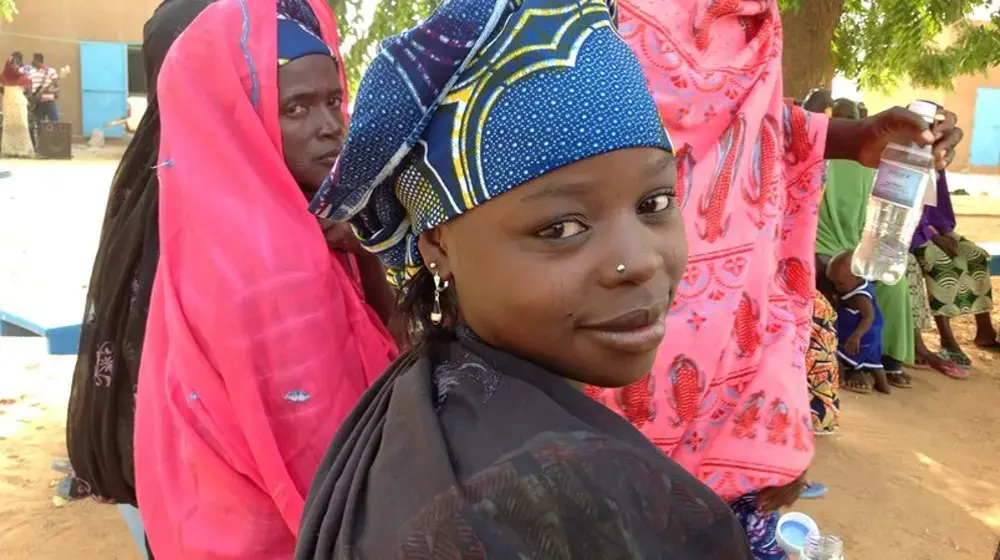NATIONAL PROTOCOL FOR REHABILITATION & SOCIAL REINTEGRATION OF WOMEN PRE & POST OBSTETRIC FISTULA REPAIRS
A female genital fistula is a debilitating and traumatic injury that affects an estimated 2million women mostly in sub-Saharan Africa. Primarily due to prolonged and neglected obstructed labour from cephalopelvic disproportion (CPD) or malpresentation combined with delays in accessing comprehensive emergency obstetric care. Lack of access to care is often associated with early marriage or early childbearing, poverty, malnutrition, compromised women’s rights, and lack of equity. During an obstructed labour, ischemia from compression of vaginal, bladder, or rectal tissue between the fetal head and pelvic bone results in ischaemic necrosis. A fistula is formed on sloughing of this tissue (Wall, 2006). Women with fistula experience uncontrollable leakage of urine and/or faeces, which contributes to the development of genital sores and infection (Hilton, 2003).
In addition to pain and general weakness, women may experience nerve damage, uterine and cervical injuries, and pelvic bone trauma which presents as secondary infertility and gait disorders (Wall, Arrowsmith & Briggs, 2002). The earliest example of OF was found in 2050 BC in Egypt where an eleventh dynasty mummy, Henhenit, appears to have had a vesicovaginal fistula (VVF). The relationship between obstructed labour and fistula development was recognized and described by the Persian physician, Avicenna, in 1037 AD (Zacharin, 2000). Before the twentieth century, both urinary and rectal fistulas were a common result of deliveries throughout the world. The unfortunate women who endure such obstructed labors, and resulting incontinence are often young, undernourished, uneducated, and married early (Wall, 2004). They are usually from rural, poor areas, often with early first pregnancy.
Beyond the actual physical and anatomical burdens of unrelenting urinary and fecal incontinence, the burden of the disease encompasses many other physical and psychological consequences. Among these are reproductive organ damage, dermatological conditions, neurological disabilities, renal damage, stillbirths, economic burden, mental and emotional issues. Obstetric Fistula patients have been called the most dispossessed, outcast, and powerless group of women in the world. For women in many cultures in which fistula is prevalent, the obstetrical problems that result in VVF are not only considered physiological events but can also affect personal relationships with families and entire communities (Goh, 2005, Ojengbede et al, 2018, 2020).


